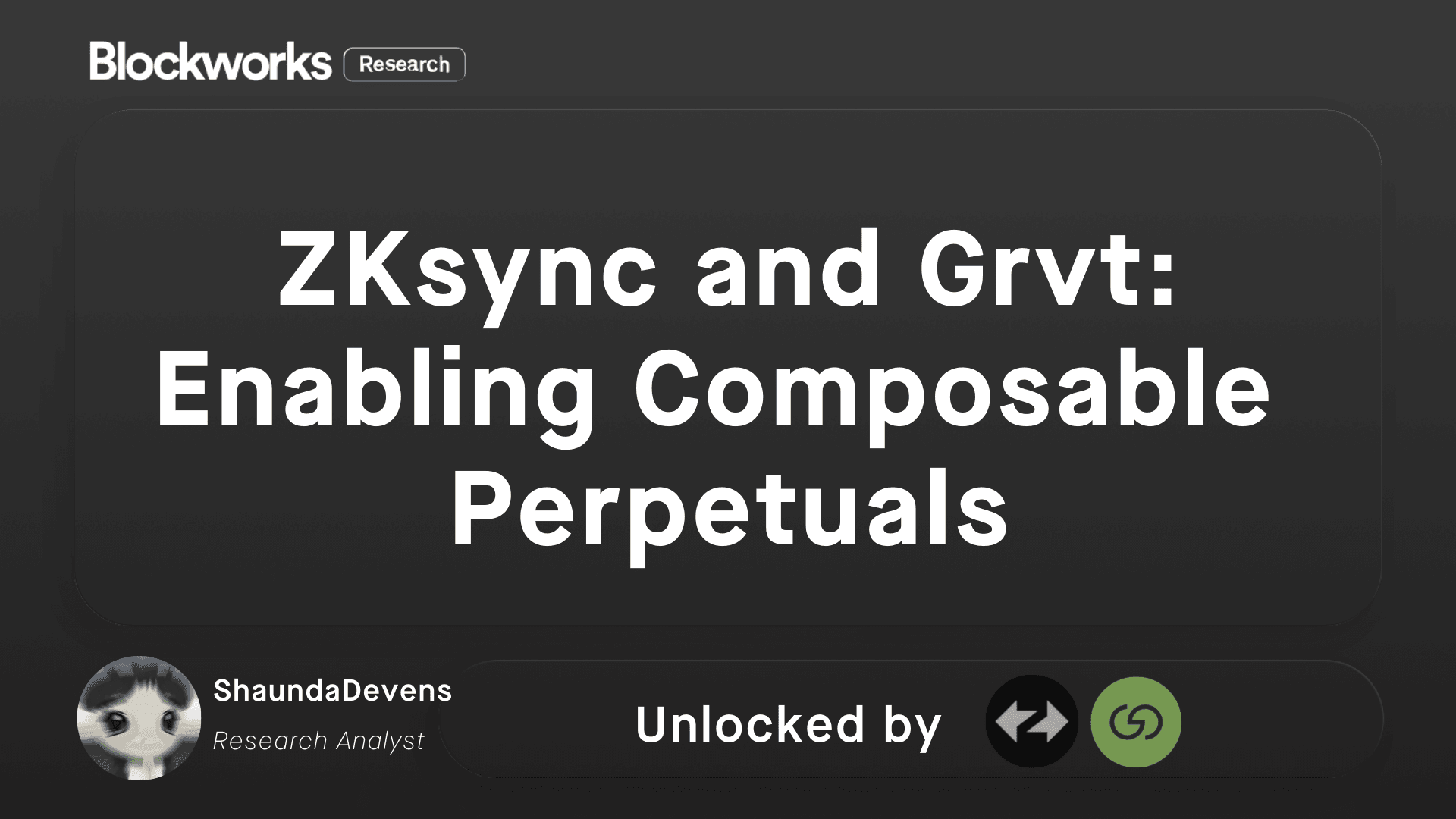
HederaHBAR
Live Hedera price updates and the latest Hedera news.
price
sponsored by
$0.113
$0
(0%)
24h low
$0.11
24h high
$0.11
The live Hedera price today is $0.11 with a 24-hour trading volume of $115.26M. The table above accurately updates our HBAR price in real time. The price of HBAR is up 0.29% since last hour, up 1.88% since yesterday. The live market cap, measured by multiplying the number of coins by the current price is $5.66B. HBAR has a circulating supply of 42.48B coins and a max supply of 50.00B HBAR.
about Hedera
What is Hedera?
Hedera Stats
What is the market cap of Hedera?
The current market cap of Hedera is $4.84B. A high market capitalization implies that the asset is highly valued by the market.
What is the current trading activity of Hedera?
Currently, 1.02B of HBAR were traded within 24 hours of time. In other words, $115.26M have changed hands within the past 24 hours through trading. That's a change of 1.88%.
What is the current price of Hedera?
The price of 1 Hedera currently costs $0.11.
How many Hedera are there?
The current circulating supply of Hedera is 42.48B. This is the total amount of HBAR that is available.
What is the relative popularity of Hedera?
Hedera (HBAR) currently ranks 31 among all known cryptocurrency assets. The popularity is based on relative market cap.
market data
$ 4.84B
1.88 %
#31
$ 115.26M
42,000,000,000
recent research
Research
Perp DEX design has been a sequence of compromises: AMM perps preserved Ethereum composability but concentrated LP risk, hybrids regained CEX-like latency with onchain settlement, and specialized chains delivered fully onchain CLOB performance while isolating liquidity away from Ethereum’s $122B DeFi collateral. ZKsync Atlas is the next step, enabling sub-second proof finality and cross-domain margin so venues like Grvt and Lighter can access L1-native collateral without bridging, shifting the competitive axis from pure speed to unified liquidity.
/
Research
Daylight Energy (FKA React Energy), has secured $75M in new financing to accelerate deployment of distributed energy infrastructure, including $15M in equity and a $60M project development facility. This capital structure mirrors the protocol's design by separating growth capital from infrastructure financing. The company currently operates across a handful of US states including Illinois, Massachusetts, New York, New Jersey, and Pennsylvania, installing solar panels, batteries, and smart devices through Energy Subscriptions with no upfront cost to homeowners.
/

